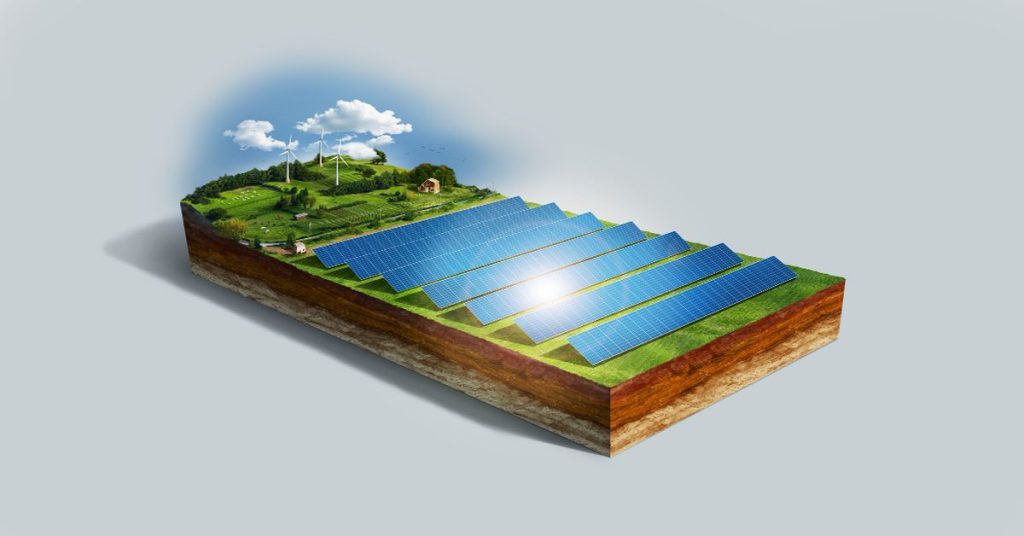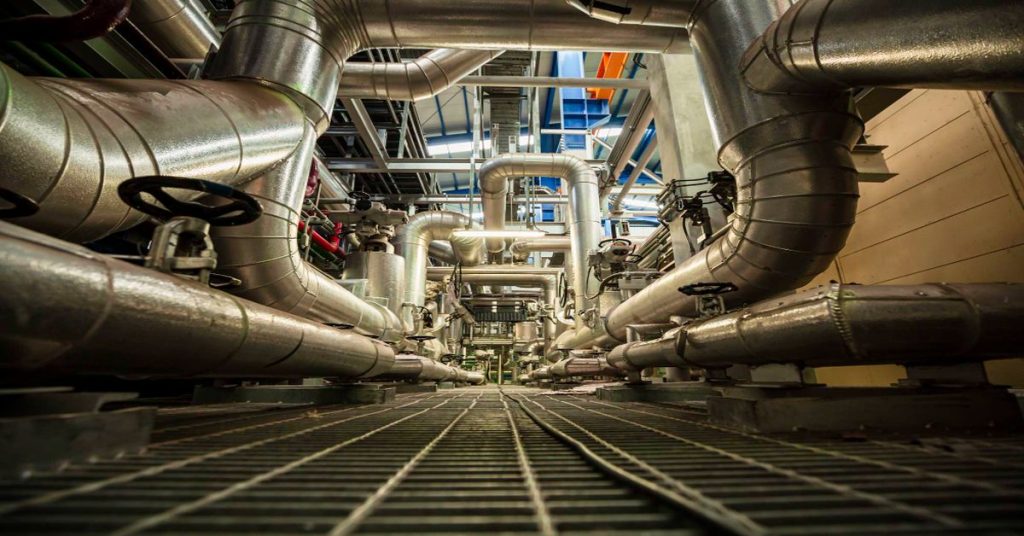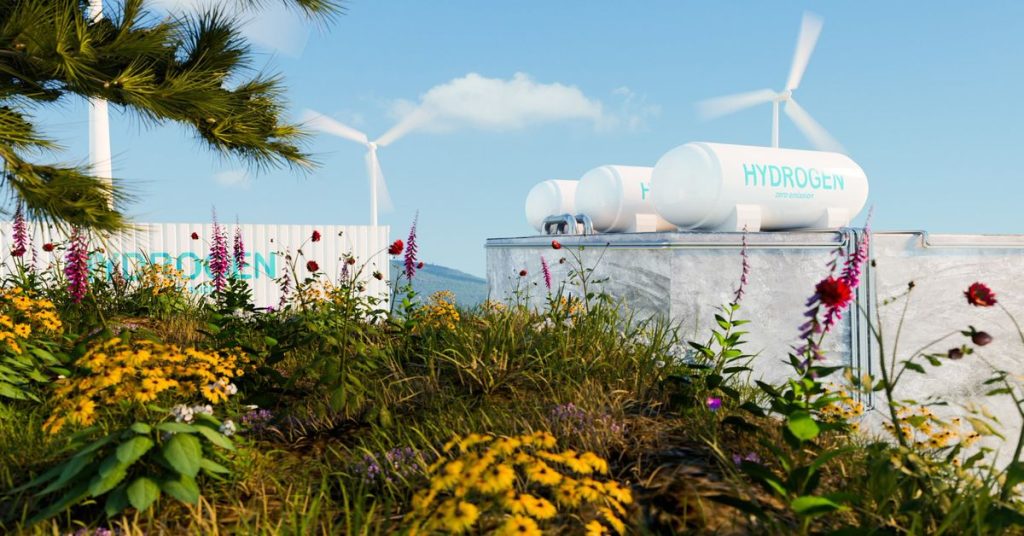Overview of Microgrid Developments in the United States and Canada
Microgrids are presenting themselves as a promising alternative to promote security, reliability, and affordability in the energy sector across the world, but they are more common in North America than other regions. They provide alternative decentralized energy generation and storage. They mitigate the volatility of local grids by reducing reliance on certain generation sources and …
Overview of Microgrid Developments in the United States and Canada Read More »









